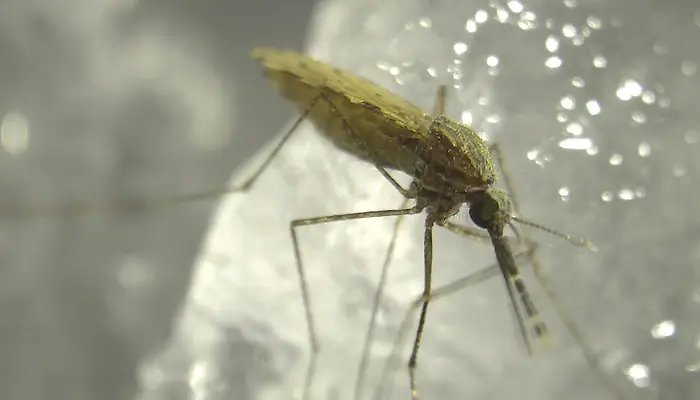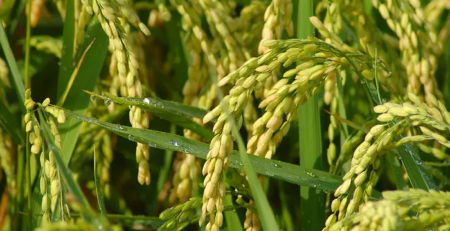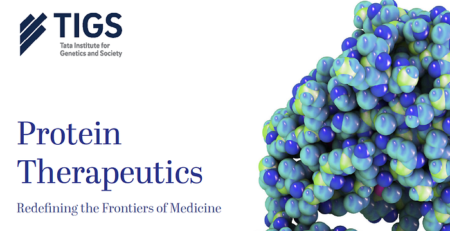Insecticide-based vector control methods have historically been the most effective spatio-temporally. There are four major chemical classes of insecticides: organochlorines, organophosphates, carbamates, and pyrethroids. Of late, pyrethroids have become the preferred choice of insecticides for personal protection, and they also play an important role in vector control programs. Pyrethroids and DDT target voltage-gated sodium channels (VGSC) in insects, consequently paralyzing and killing them. The prolonged and erroneous use of these chemicals have resulted in the emergence of resistance among multiple species of insect-pests, including mosquitoes.
Insecticide resistance develops in mosquitoes by way of metabolic, target site insensitivity, behavioral, and/or cuticular mechanisms. Nonsynonymous mutations (mutations that result in changes in the amino acid sequence of a protein) in VGSC are known as knockdown resistance (kdr) mutations, the two most popular ones among them being L1014F & L1014S. Although in different species of mosquitoes and other pests, two additional mutations have also been reported, i.e. L1014H and L1014W, in Anopheles mosquitoes the two most important kdr mutations found worldwide are L1014F, also known as West African kdr, and L1014S, also known as east African kdr. kdr mutations have been reported from different parts of world wherever there are mosquitoes present. Functional expression studies in Xenopus oocytes have shown that VGSCs have reduced sensitivity in the presence of either of the two mutations at the L1014 residue. Evidence from expression studies also highlight the role of kdr mutations in conferring insecticide resistance.
Here at the Tata Institute for Genetics and Society, India, we are working towards developing strategies that reduce the burden of mosquito-borne diseases in India. Insecticide resistance in Indian Anophelines has been reported from several field populations. Resistance against DDT and pyrethroids has been shown to be associated with the presence of kdr mutations in these field populations. Recent advances in vector biology and vector manipulations seem to offer the way forward in tackling this global challenge. As a proof of principle, we created kdr mutants (i.e. L1014F) in Drosophila melanogaster to study the effects of this mutation in vivo and found that it confers resistance against DDT and pyrethroids on its own. We also developed an allelic drive system in Drosophila, which replaced mutant alleles at L1014F with wild-type alleles. This switch made the organism sensitive to DDT and pyrethroid insecticides. We are now working towards developing the allelic drive system in Anopheles stephensi, the urban malaria vector in India. This technology to improve the efficacy of these insecticides can be made available for use once the proof of concept is tested in contained laboratory conditions.











